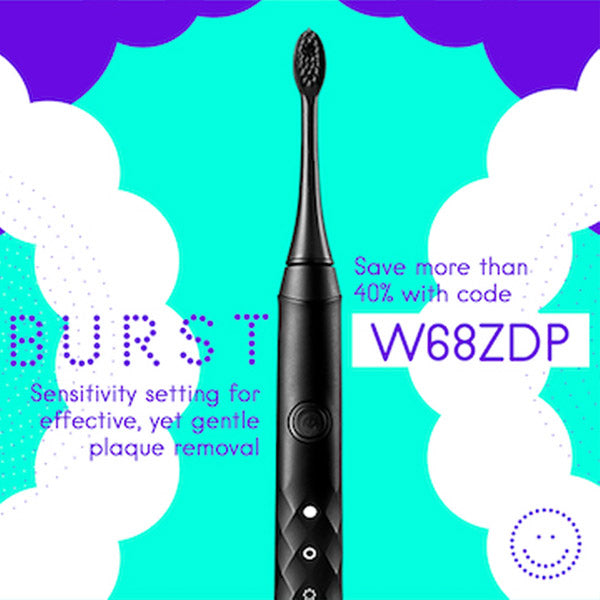Mucositis and Oral Hygiene
Oral Mucositis describes inflammation and ulcerations of the mucosa resulting from chemotherapeutic agents or ionizing radiation. It is one of the most common and debilitating complication of cancer treatment. According to the Oral Cancer Foundation, "It can lead to several problems, including pain, nutritional problems as a result of inability to eat, and increased risk of infection due to open sores in the mucosa. It has a significant effect on the patient's quality of life and can be dose-limiting (i.e., requiring a reduction in subsequent chemotherapy doses)."
There are many important details about mucositis that will be covered through future blogs. Since good oral hygiene is considered one of the most important factors for preventing mucositis, we will focus on this aspect first.
Each patient needs to understand the importance of good oral hygiene. Changes to his/her normal oral hygiene routine may be necessary. See our Patient & Caregiver Post for more detialed oral hygiene instructions for oncology patients.
Recommend using a compact extra soft toothbrush. For those who are facing high-dose chemotherapy associated with stem cell transplants or radiation to the oral region, a post-surgical toothbrush with 0.004 diameter bristles may necessary. Extra soft and post-surgical brushes can be difficult, if not impossible, to find in most stores. Your patients will need guidance as to where to obtain these toothbrushes. The extra soft brush will wear faster than those with a thicker diameter bristle. The brush should be changed at the first sign of bending or fraying of the bristles. Changing the brush frequently will also help to prevent bacterial growth on the bristles.
Demonstrate the c-curve flossing technique. The dental team should ensure that the patient is able to demonstrate the ability to properly execute this technique. Proper flossing includes using a piece of floss approximately 18 inches in length. Wrap the floss around the middle finger of one hand once or twice; just enough to hold the floss in place. Wrap the rest around the middle finger of the other hand. Use your index finger and your thumb to control the floss. A narrative of the proper flossing technique can be found at http://www.gumbrand.com/proper-brushing-flossing/
It is vital to insert the floss gently into the sulcus under the gumline without causing trauma. Instruct the patient to use a clean section of floss throughout the process by winding the floss from one finger to the other, exposing the unused, clean floss. Our goal is to disrupt and remove the biofilm and not transfer the bacteria from one interproximal area to the next.
Those receiving immunosuppressive chemotherapy treatments should floss with the approval of their oncologist. According to the MD Anderson Cancer Center's Mouth Care for Chemotherapy Patients, "If flossing is not one of your routine hygiene habits, speak to your doctor before beginning to floss.
Flossing must be done in respect to your blood counts. When your platelets drop below 50,000 (50 k/ul), you can modify your flossing to keep the floss above your gums when removing the food and bacteria between your teeth."
See our Patient/Caregiver Post for a list of toothpaste and mouth rinse ingredients to avoid. Certain chemicals that are common in most toothpaste can cause tissue irritation and encourage ulcerations.
Other helpful tips can be found at: http://www.managemucositis.com/physicians/oral_care.aspx




